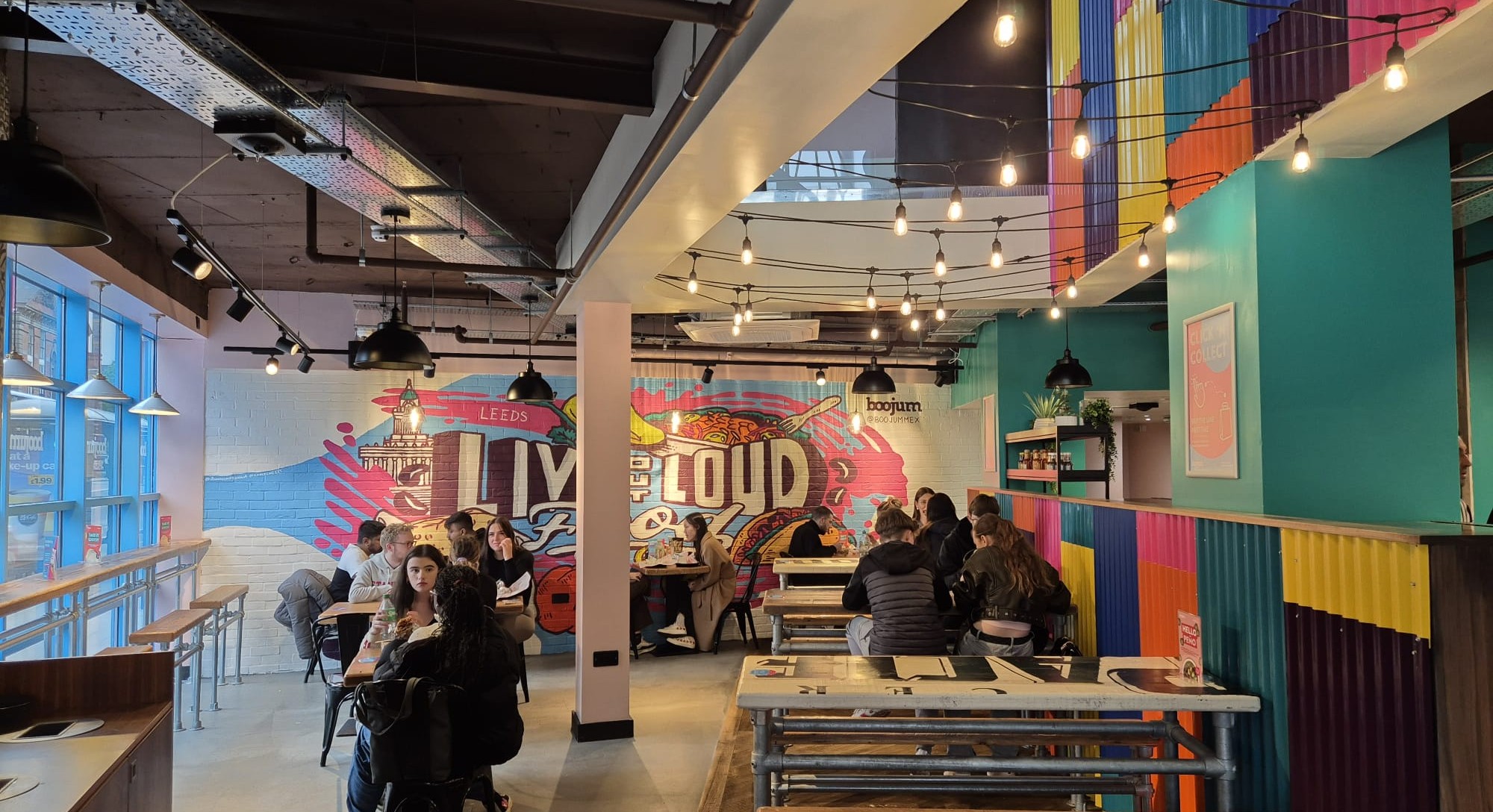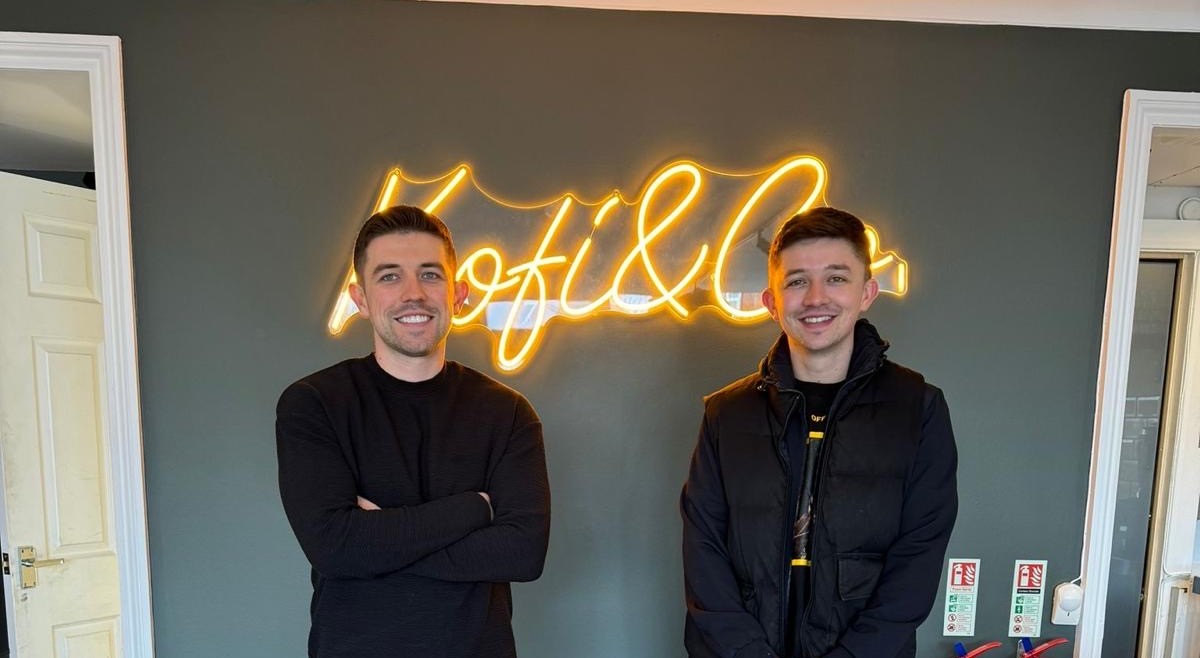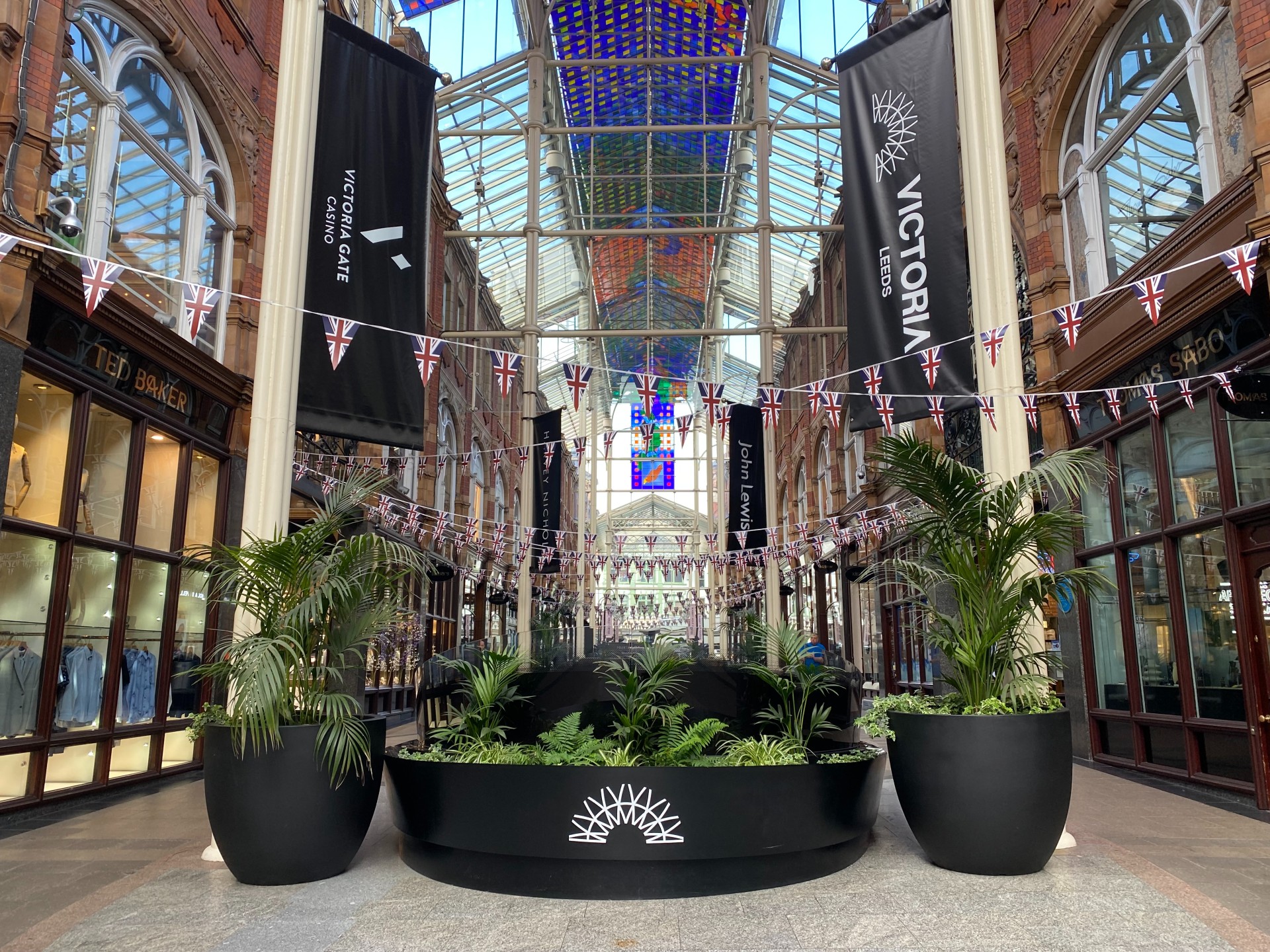Ink Slingers – The First Farsley Literature Festival, included this panel event on its programme, so Sunday 30 October saw me at The Constitutional, a club offering comedy, theatre, spoken word and music.
The independent publishing event brought together five panellists, each one a representative of independent publishers across the North of England, namely And Other Stories (Sheffield), Bluemoose Books (Hebden Bridge), Fly On The Wall Press (Manchester), Lendal Press (Scarborough) and Peepal Tree Press (Leeds). The panel was hosted and chaired by Truman Books.
We arrived at the venue a few minutes early and found a table at the back of the bar area. We had a look at the books on display, but before long the panel discussion started, with the conversation kicking off just after 12:30pm. The panel promised to dive beneath the surface of independent publishing, an industry that can seem highly opaque.
To break the ice, each of the panellists was asked to describe their publisher, including the types of books they publish, when their organisations started – and their vision for the future. The organisations were diverse, with one (Fly on the Wall) being a single-woman publisher that launched just 4 years ago and focuses mainly on political works and poetry. In contrast, the Leeds based Peepal Press launched over 35 years ago, and aims to support writers from minority ethnic backgrounds, in particular those from the Caribbean.
The conversation moved on to exploring the differences between independent publishers and the big publishers such as Penguin. All the panellists agreed that independent publishers are less risk-averse than the bigger organisations, largely owing to having smaller profit margins. This means that independent publishers can publish books that may not sell as many copies, which gives new authors and those with potentially more niche audiences an opportunity to have their work shared. The panellists also stated that they can support writers who may be overlooked by bigger publishers because of their background, lack of agent or their limited writing history.
Throughout the discussion, the panellists did not talk positively about the big publishers. One panellist stated that the big publishers treat independent publishers as ‘the farm’, whereby the indies develop the writers and then the big publishers scrape the cream from the top. Whilst I can see why this would be something that may not be seen as positive, I feel that the indies would be better off focussing on developing writers and supporting those that they can, and then accepting that some of their writers may move on to larger publishers, and celebrating their success.
Moving the conversation forward, the panellists were asked about how they design book covers. The panellists described how they work with the authors to develop a cover that the authors are happy with and will also catch the eye of potential readers. It was stated that most people are drawn in to pick up a book or not within 1/5th of a second, which means that the cover is really important.
The audience was asked for their questions. Several members asked about how the publishers choose what is ‘good’. This was something that most of the publishers found hard to pinpoint, saying that they get a feeling when a book is good. This was not particularly helpful for those in the audience who wanted to know how to get their books accepted for publication. But thankfully, some objective pointers were given. The panellists stated that good books are those that have a unique story, that have a compelling narrative or voice, and those that do not try and copy the work of other authors.
To conclude the panel discussion, the panellists were asked to give advice for aspiring authors. This followed on nicely from the previous discussion about identifying good books. Each of the panellists gave the audience a couple of top tips. All panellists agreed that reading and writing lots was key to becoming a published author, as was having feedback from others on written work.
When looking to get a manuscript published, the panellists stated that it is important to consider what topics the target publisher is interested in and what their target audience is. Keeping an eye out for open calls for manuscripts is a good way of starting out as a writer and offers publishers an opportunity to see new work. It was also stated that it is good to look at the publisher’s guidance and house style, as this will make it as easy as possible for the publisher to see if the piece would be a good fit.
Overall, whilst I am not sure I learnt a lot about independent publishing or indeed how to get a piece of my work published at the independent publishing event in Farsley, and I had a strong sense of anti-establishment bias from those in the panel, I did enjoy learning about the various indie publishers that exist in and around Leeds, I liked hearing about the authors that they have worked with, and I also appreciated hearing the challenges and opportunities that such publishers face.
Photograph by Gemma Bridge.



